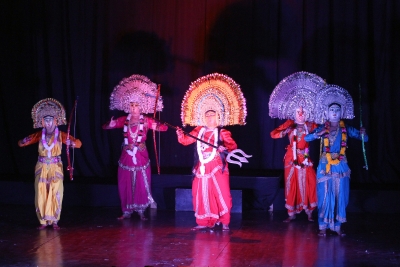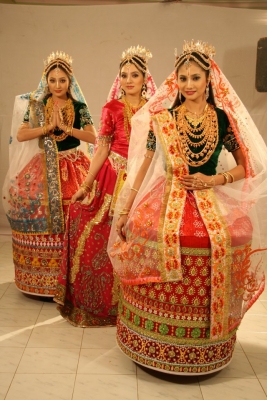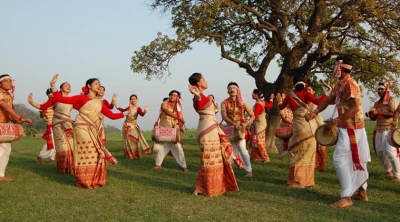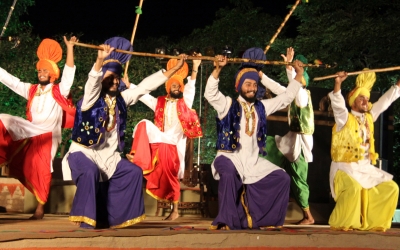Believed to have originated in eastern India, which dance form is performed in States such as West Bengal, Odisha and Jharkhand etc. and often involves the adorning of masks named after the dance form

Chhau dance, also spelled as Chau or Chhaau, is a semi classical Indian dance with martial, tribal and folk traditions, with origins in eastern India. It is found in three styles named after the location where they are performed, i.e. the Purulia Chau of Bengal, the Seraikella Chau of Jharkhand, and the Mayurbhanj Chau of Odisha.
The dance is traditionally an all males troupe, regionally celebrated particularly during spring every year, and may be a syncretic dance form that emerged from a fusion of classical Hindu dances and the traditions of ancient regional tribes. The dance is amazing and brings together people from diverse socio-economic backgrounds in a festive and religious spirit.
Chhau is a folk dance of Rarh region. It may have been derived from Sanskrit Ch?ya (shadow, image or mask). Others link it to the Sanskrit root Chadma (disguise), yet others such as Sitakant Mahapatra suggest it is derived from Chhauni (military camp, armor, stealth) in Odia language.
The Chhau mask of Purulia is registered under Geographical Indications. As the basic difference of Purulia Chhau the mask is unique and traditional.
Picture Credit : Google


